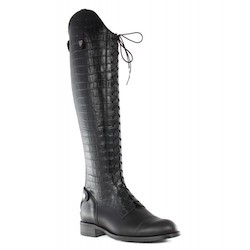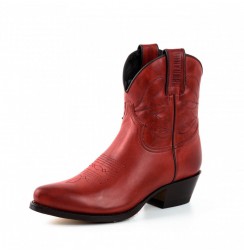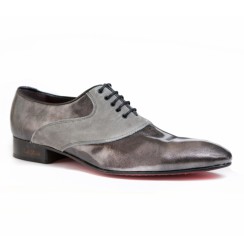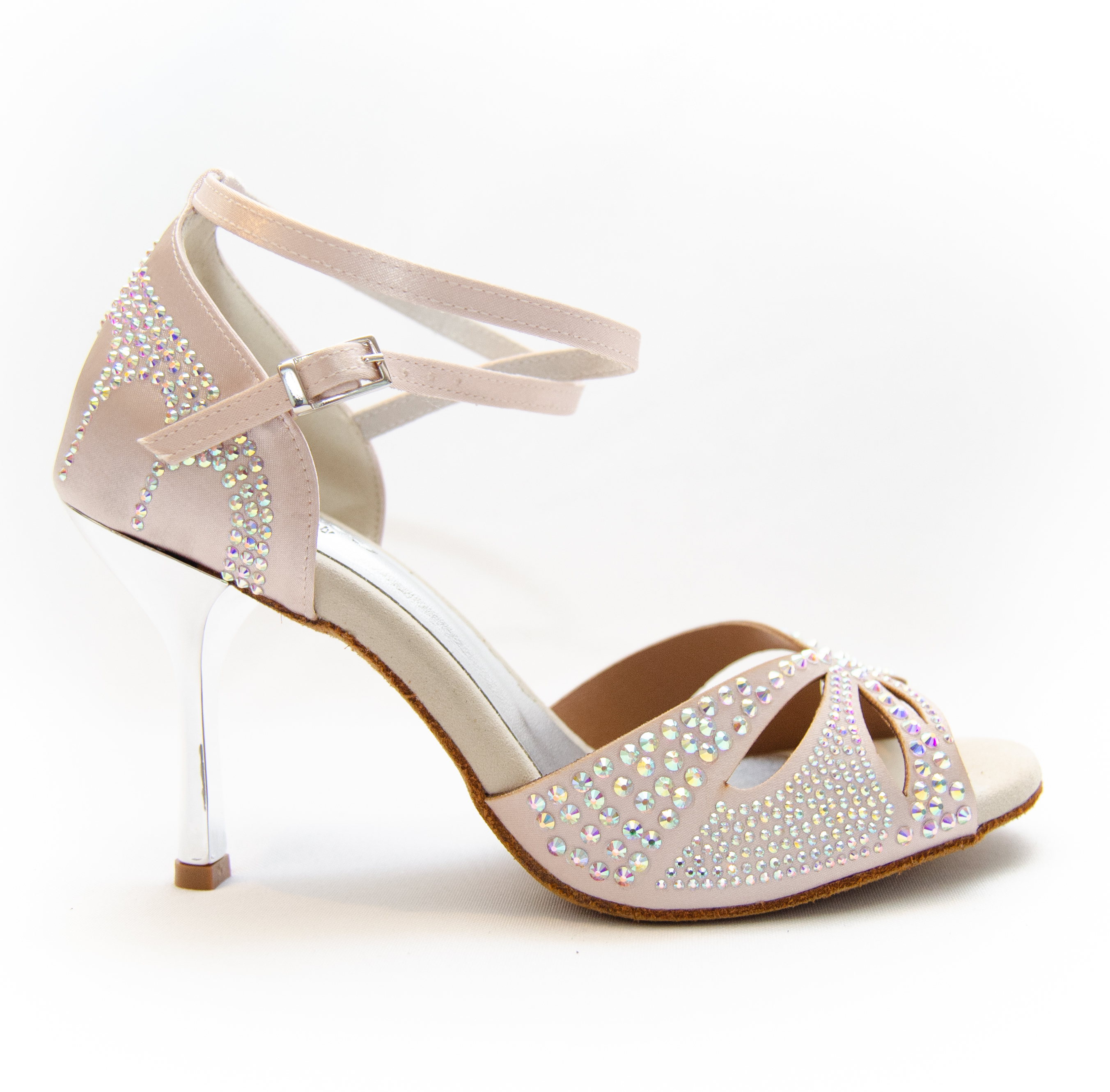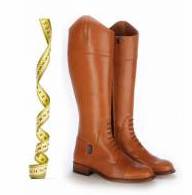Tango dance and shoes
TANGO
Origin
The tango is a partner dance that originated in the 1890s along the Río de la Plata, the natural border between Argentina and Uruguay, and soon spread to the rest of the world.
Tango is a dance that has influences from European and African culture. Dances from the candombe ceremonies of former slave peoples helped shape the modern day Tango. The dance originated in lower-class districts of Buenos Aires and Montevideo. The music derived from the fusion of various forms of music from Europe. The word "tango" seems to have first been used in connection with the dance in the 1890s. Initially it was just one of the many dances, but it soon became popular throughout society, as theatres and street barrel organs spread it from the suburbs to the working-class slums, which were packed with hundreds of thousands of European immigrants, primarily Italians, Spanish and French.
In the early years of the 20th century, dancers and orchestras from Buenos Aires travelled to Europe, and the first European tango craze took place in Paris, soon followed by London, Berlin, and other capitals. Towards the end of 1913 it hit New York in the USA, and Finland. In the USA around 1911 the word "tango" was often applied to dances in a 2/4 or 4/4 rhythm such as the one-step. The term was fashionable and did not indicate that tango steps would be used in the dance, although they might be. Tango music was sometimes played, but at a rather fast tempo. Instructors of the period would sometimes refer to this as a "North American tango", versus the so-called "Argentine Tango". By 1914 more authentic tango stylings were soon developed, along with some variations like Albert Newman's "Minuet" tango.
In Argentina, the onset in 1929 of the Great Depression, and restrictions introduced after the overthrow of the Hipólito Yrigoyen government in 1930 caused tango to decline. Its fortunes were reversed as tango became widely fashionable and a matter of national pride under the government of Juan Perón. Tango declined again in the 1950s as a result of economic depression and the banning of public gatherings by the military dictatorships; male-only Tango practice—the custom at the time—was considered "public gathering". That, indirectly, boosted the popularity of rock and roll because, unlike Tango, it did not require such gatherings.
In 2009 the tango was declared part of the world's "intangible cultural heritage" by UNESCO.
Argentine, Uruguayan, and Ballroom Tango use very different techniques. In Argentine and Uruguayan tango, the body's center moves first, then the feet reach to support it. In ballroom tango, the body is initially set in motion across the floor through the flexing of the lower joints (hip, knee, ankle) while the feet are delayed, then the feet move quickly to catch the body, resulting in snatching or striking action that reflects the staccato nature of this style's preferred music.
In tango, the steps are typically more gliding, but can vary widely in timing, speed, and character, and follow no single specific rhythm. Because the dance is led and followed at the level of individual steps, these variations can occur from one step to the next. This allows the dancers to vary the dance from moment to moment to match the music (which often has both legato and/or staccato elements) and their mood.
That’s why it is indispensable to find good tango shoes which are ultra-comfortable.
The Tango's frame, called an abrazo or "embrace," is not rigid, but flexibly adjusts to different steps, and may vary from being quite close, to offset in a "V" frame, to open. The flexibility is as important as is all movement in dance. The American Ballroom Tango's frame is flexible too, but experienced dancers frequently dance in closed position: higher in the elbows, tone in the arms and constant connection through the body. When dancing socially with a beginners, however, it may be better to use a more open position because the close position is too intimate for them. In American Tango open position may result in open breaks, pivots, and turns which are quite foreign in Argentine tango and International (English) tango.
The Tango consists of a variety of styles that developed in different regions and eras of Argentina as well as in other locations around the world. The dance developed in response to many cultural elements, such as the crowding of the venue and even the fashions in clothing. The styles are mostly danced in either open embrace, where lead and follow have space between their bodies, or close embrace, where the lead and follow connect either chest-to-chest (Argentine tango) or in the upper thigh, hip area (American and International tango).
Different styles of Tango are:
- Tango argentino
- Tango canyengue
- Tango Oriental Uruguayan tango
- Tango liso
- Tango salon
- Tango orillero
- Tango camacupense (Angola)
- Tango milonguero (Tango apilado)
- Tango Nuevo (New Tango)
- Show Tango (also known as fantasia)
- Ballroom tango
- Finnish tango
The "milonguero" style is characterized by a very close embrace, small steps, and syncopated rhythmic footwork. It is based on the petitero or caquero style of the crowded downtown clubs of the '50s.
In contrast, the tango that originated in the family clubs of the suburban neighborhoods (Villa Urquiza/Devoto/Avellaneda etc.) emphasizes long elegant steps, and complex figures. In this case the embrace may be allowed to open briefly, to permit execution of the complicated footwork.
The complex figures of this style became the basis for a theatrical performance style of Tango seen in the touring stage shows. For stage purposes, the embrace is often very open, and the complex footwork is augmented with gymnastic lifts, kicks, and drops.
A newer style sometimes called tango nuevo or "new tango", has been popularized in recent years by a younger generation of dancers. The embrace is often quite open and very elastic, permitting the leader to lead a large variety of very complex figures. This style is often associated with those who enjoy dancing to jazz- and techno-tinged "alternative tango" music, in addition to traditional Tango compositions.
Source : Wikipedia


